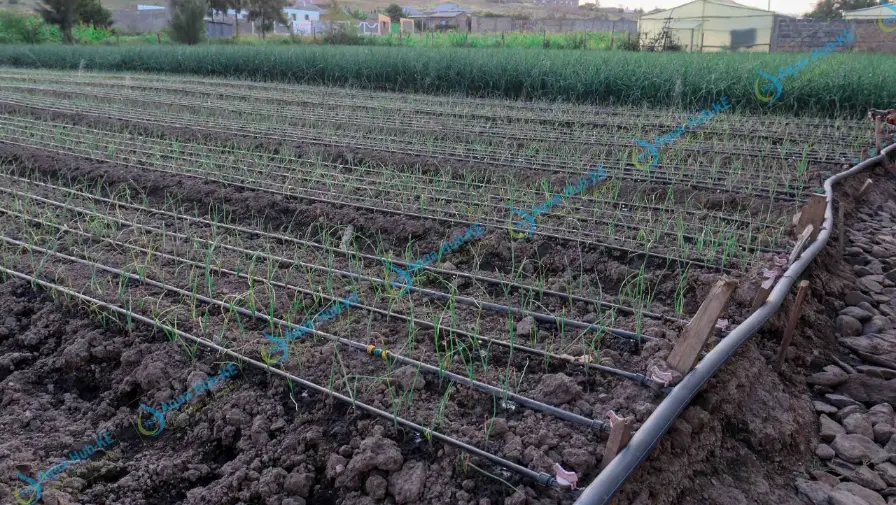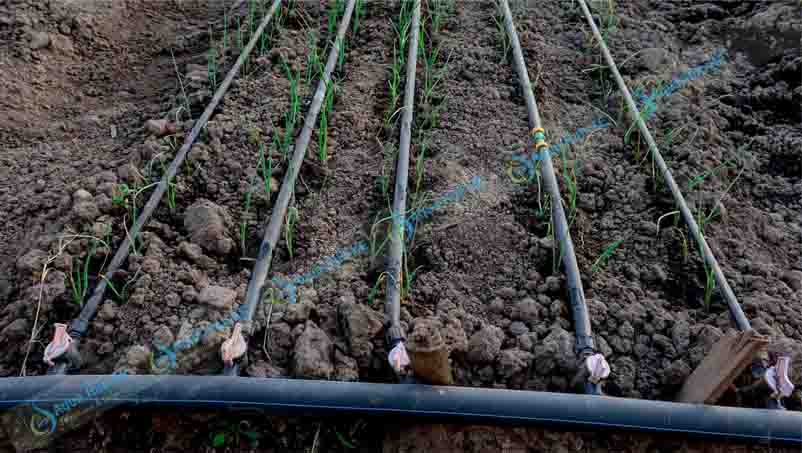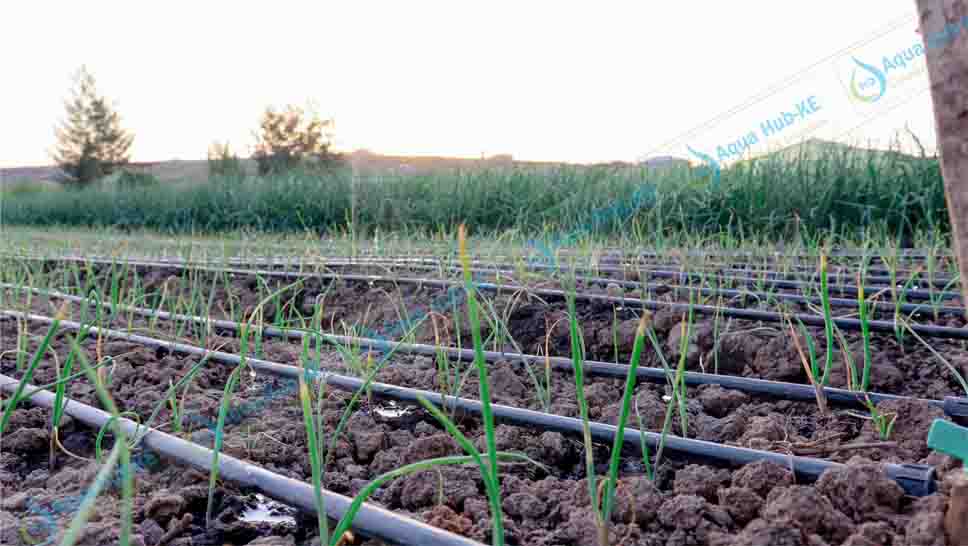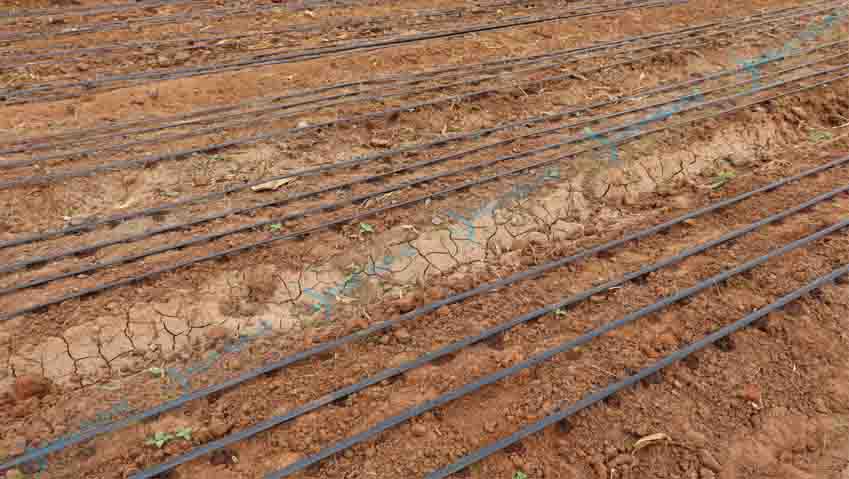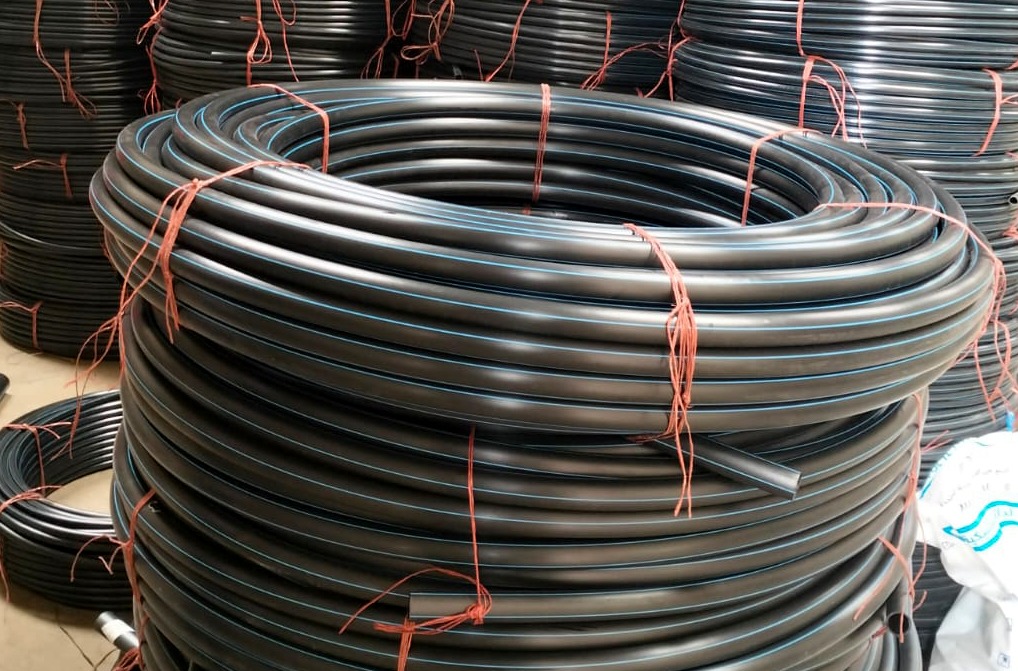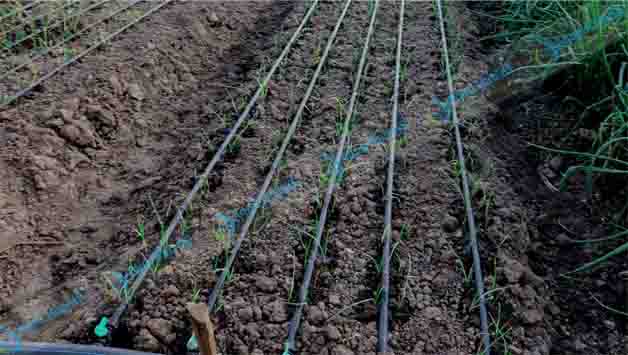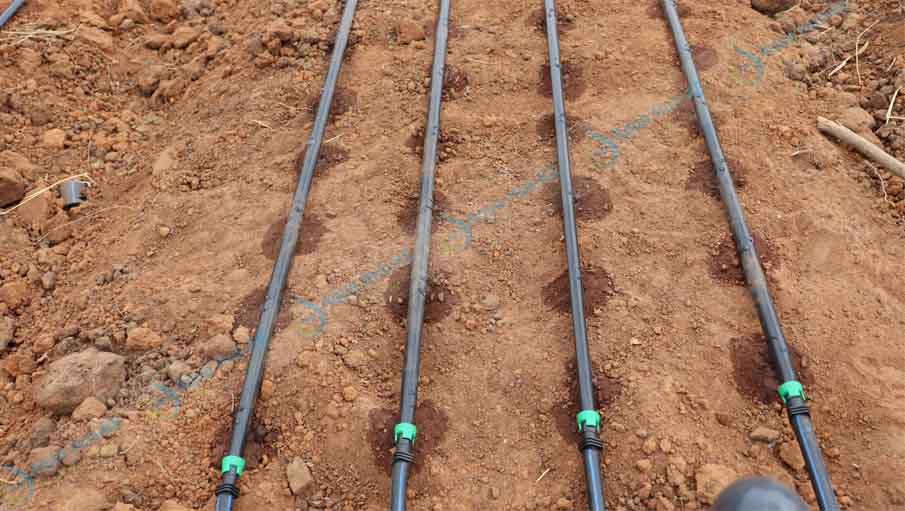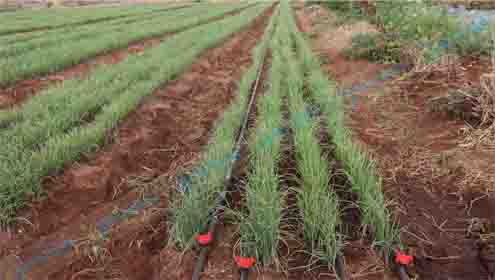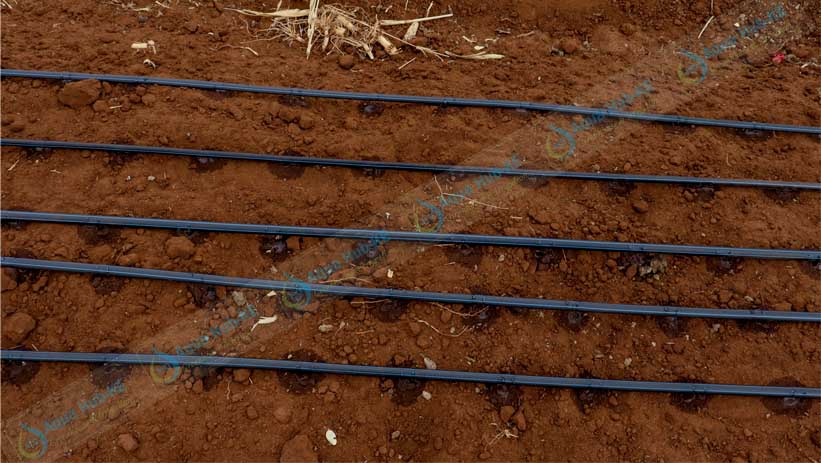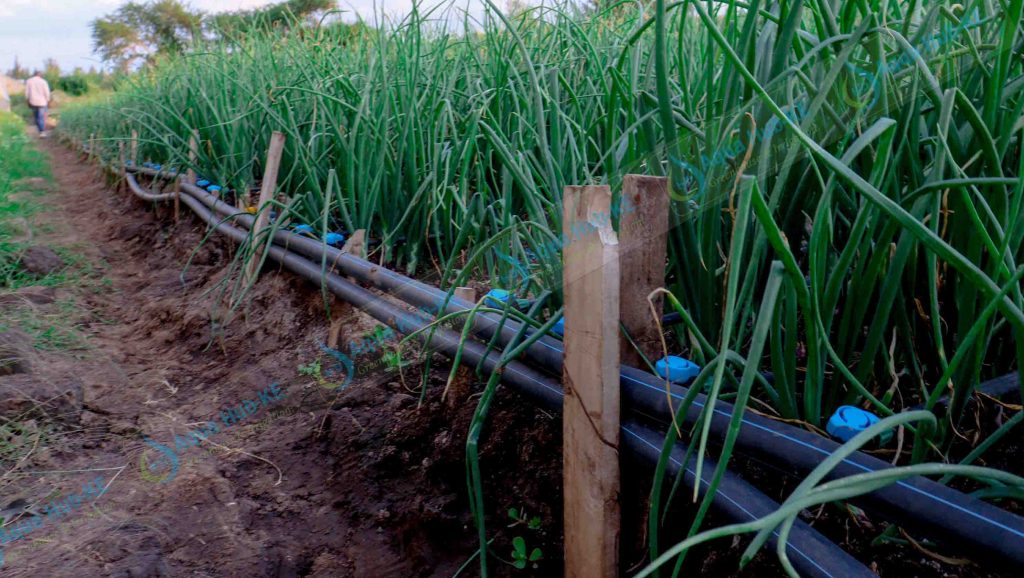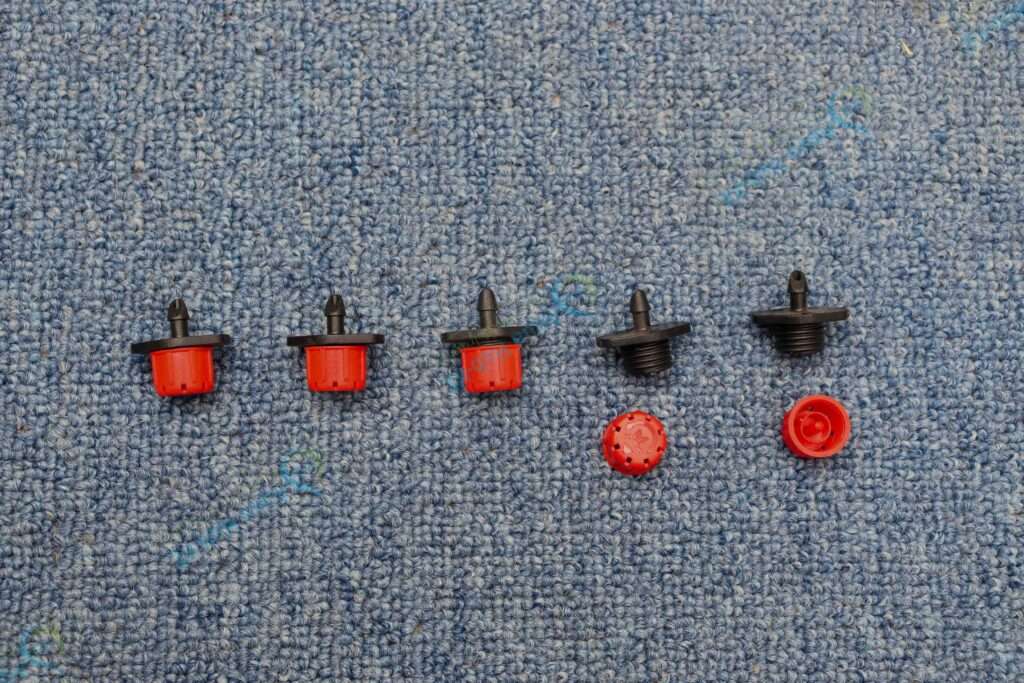Blog
0.3mm Dripline | Buy Now for Less in Kenya
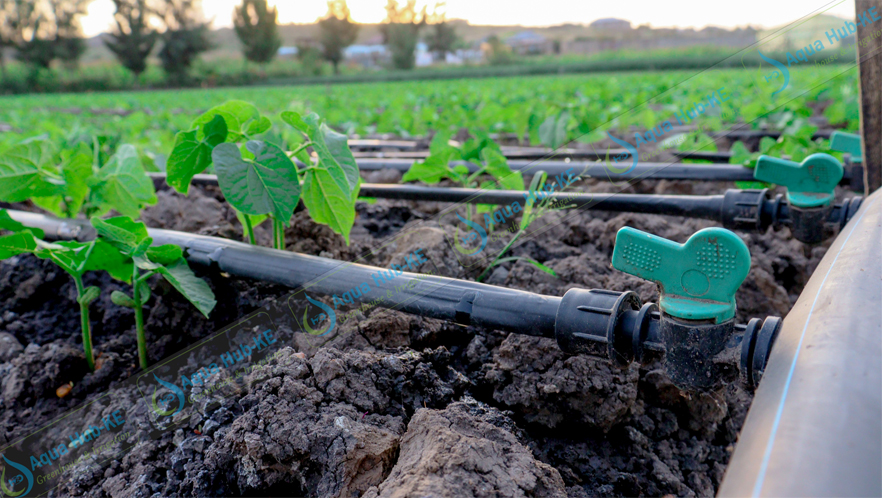
0.3mm dripline for irrigation in Kenya is one of the best driplines for optimal watering of crops. Our driplines are among the popular irrigation products in East Africa because of their top performance including precision and flow rates.
Drip Irrigation Kit: Kenya’s Leading Supplier
Drip irrigation kit is a complete package of drip irrigation accessories including HDPE pipes, driplines, fittings and connectors.
At Aqua Hub LTD we supply quality 0.3mm and 0.4mm dripline rolls known for their UV resistance and use in harsh conditions.
Call 0790719020
What Is a Dripline?
Dripline (also known as drip tape or lateral) is a flexible polyethylene tube with built-in emitters spaced evenly along its length. It delivers water slowly and directly at the root zone of plants. Unlike conventional sprinklers, driplines use low pressure (around 0.3–1.0 bar) and precise delivery to conserve water, reduce evaporation, and minimize weed growth. In Kenya, driplines are key in horticulture, greenhouse farming, and open-field agriculture.
Specifications of 0.3mm Dripline for Irrigation
- Wall Thickness: 0.3 mm (also available in 0.4 mm)
- Diameter: Typically, 16 mm (0.6″)
- Length per roll: 1,000 m (standard) or 1,500 m (on order).
- Emitters: Single or double; spaced at 15 cm, 20 cm, or 30 cm.
- Flow Rate: 1.1–2.5 L/hr per emitter, depending on model.
- Material: UV-stabilized HDPE for durability in Kenya’s sun
0.3 mm Dripline Price in Kenya
- 0.3 mm dripline (1,000 m, any spacing): ~KES 7,500–8,500
- 0.4 mm driplines for sale in similar lengths: ~ KES 9,000
- Costs may vary based on UV coating, double emitters, delivery, and bulk orders.
Cost of Driplines for Irrigation per acre (drip tape only)
- 1 line × 30 cm spacing = 3,000 m ≈ KES 25,500
- 2 lines × 20 cm spacing = 6,000 m ≈ KES 51,000
- 3 lines × 15 cm spacing = 8,000 m ≈ KES 68,000
0.3mm Dripline Installation cost (includes Complete Drip Irrigation Kits):
- 1 line/acre: ~KES 85,000
- 2 lines/acre: ~KES 145,000
- 3 lines/acre: ~KES165,000
Why Our 0.3 mm Dripline?
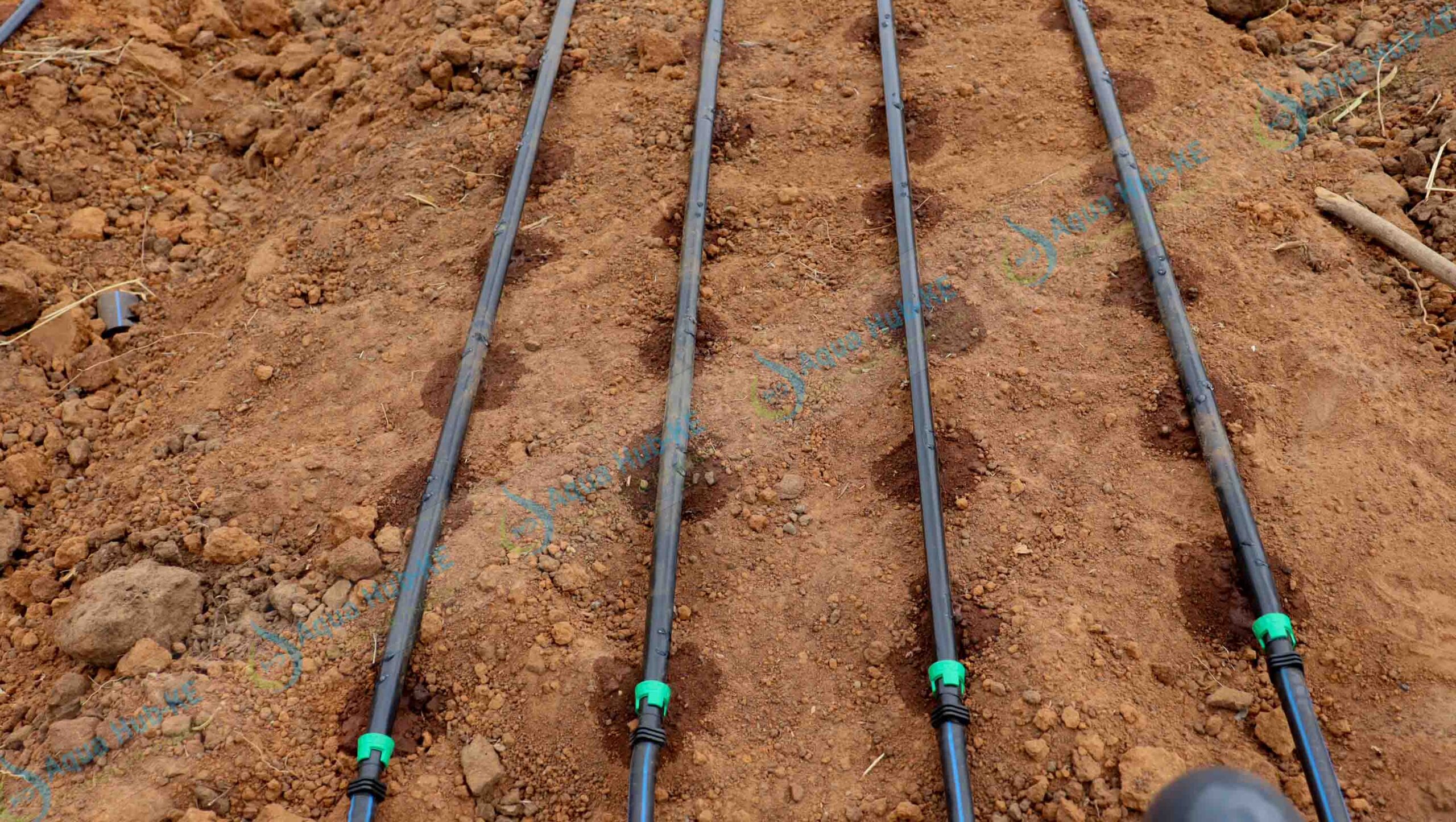
Controlled Irrigation
Implementing our dripline for irrigation enables control over the amount of water and soluble nutrients that plants receive. No excess or lower watering occurs thus efficient crop production.
Lower Weed Growth
Weed growth reduces because the land surfaces in between plants remain dry. Only the direct plant root zone gets irrigated.
Even Irrigation
All plants get sufficient and equal amounts of water and nutrients because the emitter holes in the driplines are of the same diameter and spacing.
Lower Water Wastage
Dripline accessories enhance precise irrigation, and this promotes water conservation as minimal amount goes to waste.
Less Labor Intensive
Once you have set up the dripline it only requires one person to open the valves during irrigation and close when done. It can also be automated to work on its own by using smart controllers which trigger irrigation at set intervals.
Lower Disease and Pest Activity
Diseases such as fungal infections of leaves are rare since the watering is done on the roots and does not wet the foliage. Also, pests are reduced because of lower weeds which often enhance pest activity.
Zero Running Costs
Driplines work through gravitational pressure flow and no cost is incurred in supply of water during irrigation. You only spend when installing the drip irrigation system.
Benefits of Using 0.3 mm Dripline for Irrigation
- Water Efficiency
Drip irrigation delivers water directly at the roots, minimizing evaporation and run-off, proving especially effective in drought-prone Kenya. - Uniform Distribution
Engineered emitters ensure consistent delivery. Double emitter designs help maintain flow even if one emitter clogs. - Reduced Disease & Weed Pressure
Keeping foliage dry reduces fungal diseases, while dry inter-row spaces suppress weeds. - Labor & Energy Savings
These systems leverage low-pressure gravity or pumps and support fertigation—applying water and nutrients simultaneously. - Flexibility
Easily customized to fields of any shape and adaptable to varying soil types and crop patterns.
How to Install 0.3mm Dripline and Accessories
- System Design & Sizing
- Define emitters per plant based on crop spacing.
- Choose line spacing carefully: 15 cm (dense), 20 cm (medium), 30 cm (wide).
- Pressure & Filtration
- Ideal pressure ~0.3–1 bar; some systems need 0.3 bar minimum for operation.
- Install inline sediment filters and pressure regulators to avoid clogging.
- Layout & Laying
- Roll out drip tape along beds; secure with 6″ stakes every 60–90 cm
- Cap line ends and flush before each season.
- Fertigation Integration
- Connect fertilizer injector to mainline for nutrient delivery.
- Maintenance
- Flush lines monthly, use acid flushes if needed.
- Store lines out of the sun between seasons; protect from rodents
Considerations when Choosing 0.3mm Dripline Roll
| Feature |
Why It Matters |
|
Thickness (0.3 vs 0.4 mm) |
0.3 mm dripline is cost-efficient; 0.4 mm lasts longer in high UV areas |
|
Emitter Type |
Double emitters add redundancy; single emitters limit cost |
|
Spacing Options |
Tailor to plant spacing to ensure coverage |
|
Flow Rate |
Match to soil type: sandy (high flow), clay (low flow) |
|
UV Treatment |
Essential for outdoor durability |
|
Installation and Support |
Choose suppliers offering installation and after-sales support |
Spacing of 0.3mm Dripline on Suitable Crops
Onions, Garlic, Herbs
- Spacing: 15 cm or 10 cm
- Lines per bed: 3–4
- Tape needed: 8,000 m/acre
- Benefits: precise shallow watering, improved bulb quality
Cabbage, Kale, Sukuma Wiki
- Spacing: 15–20 cm; 2–3 lines/bed
- Tape needed: ~6,000 m/acre
- Benefits: supports leafy growth, suppresses weeds
Tomatoes, Capsicum, Cucumbers
- Spacing: 20–30 cm; 2 lines/bed
- Tape ~6,000 m/acre
- Benefits: consistent fruit hydration, better yields
Melons, Pumpkins
- Row spacing allows 1–2 lines at 30 cm
- Tape ~3,000 m/acre
- Benefits: deep moist environment under vines
Strawberries, Beans, Peas
- Spacing: ~15 cm; 3 lines/bed
- Tape ~8,000 m/acre
Crops Suitable for 0.3mm Dripline (High-Value Crops)
- Tomatoes/Pepper/Capsicum: 0.3 mm, double emitter; 20 cm spacing; 2 lines per bed. Ideal flow 1.2–1.5 L/hr. Meets market quality standards.
- Onions/Garlic/Herbs: 0.3 mm, double emitter; 15 cm spacing; 3 lines per bed. Ensures fine root zone saturation.
- Strawberries: 0.3 mm, double emitter; 15 cm, 3 lines/bed. Maintains firm, juicy berries, reduces rot risks.
- Melons/Watermelons: 0.3 mm, single/double; 30 cm; 1–2 lines. Conserves water while supporting vine growth.
- Kale/Cabbage/Sukuma: 0.3 mm, double; 15–20 cm spacing; 2–3 lines. Promotes healthy canopy development.
Best Management Practices of 0.3mm dripline Irrigation Kits
- Soil Monitoring: Use tensiometers or probes to check moisture.
- Pressure Checks: Verify equal pressure across zones; adjust regulators monthly.
- Seasonal Flushing: Detach and flush lines or run water to clean them every few weeks.
- Filter Maintenance: Clean filters weekly during peak usage.
- Storage & Protection: After harvest, store tapes indoors; guard against UV and rodents.
- Record-Keeping: Log irrigation duration, fertigation cycles, and yields for improvements next season.

